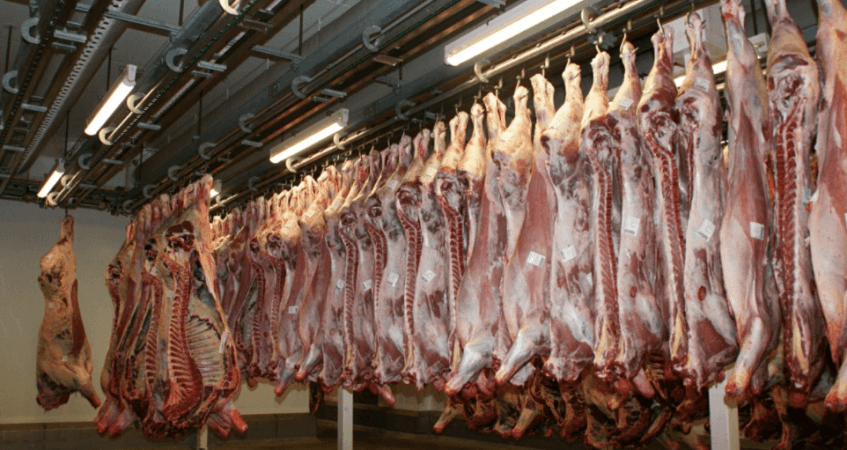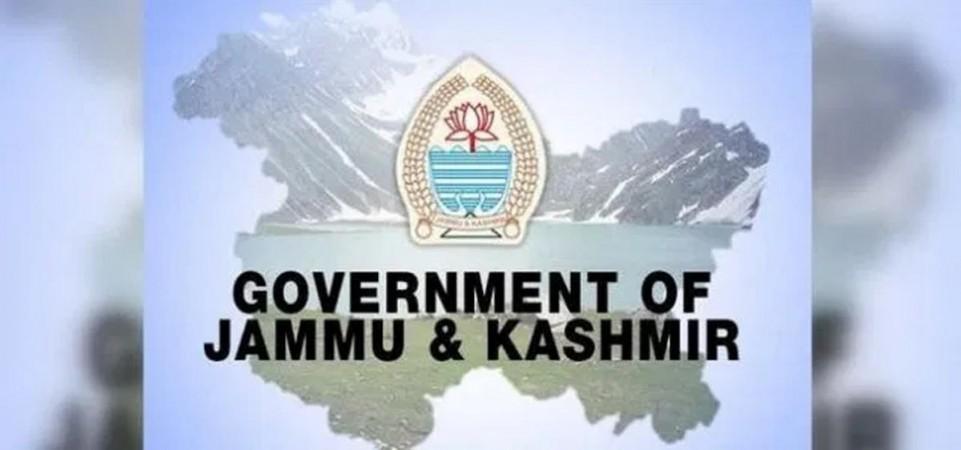Every year the Union Territory of Jammu and Kashmir imports mutton worth Rs 1400 crores from different parts of the country to fulfill the requirements of its residents. On one hand, there is insufficient production of mutton in J&K, on the other hand, mutton produced locally also lacks quality.
As per information shared by the official spokesperson, mutton has been an essential part of the Kashmiri cuisine for generations and Jammu and Kashmir, with its rich cultural heritage and diverse geography, has a significant demand for mutton.
"Despite the region's competitive advantage and potential to become self-reliant in the mutton sector, there is a shortfall of 41 percent leading to an import bill of Rs1400 crore every year", an official spokesman said.

Additionally, the existing mutton production is not only of insufficient quantity but also lacks quality and is not Food Safety and Standards Authority of India (FSSAI) compliant, putting consumers at risk.
The majority of the livestock population is held by Bakerwals who follow traditional methods of farming, resulting in low productivity and profits. The UT has less than five breeds of sheep with the majority being dual-purpose breeds such as Kashmir Merino, Rambouillet, and Corriedale. However, there is increasing demand for fast-growing mutton breeds like Dorper, Romnov, South Down, and others.

Apex Committee constituted to make J&K self-sustenance in mutton production
'Reorienting priorities: Self-Sustenance in mutton production' is one among the 29 projects, which were approved by the Jammu and Kashmir administration after being recommended by the UT Level Apex Committee for holistic development of Agriculture and allied sectors in UT of J&K.
The prestigious committee is headed by Dr. Mangala Rai, Former DG ICAR, and has other luminaries in the field of Agriculture, Planning, Statistics & Administration like Ashok Dalwai, CEO NRAA, Dr. P. K Joshi, Secretary, NAAS, Dr. Prabhat Kumar, Horticulture Commissioner MOA & FW, Dr. H. S Gupta, Former Director, IARI, Atal Dulloo, Additional Chief Secretary, APD besides Vice Chancellors of the twin Agriculture Universities of the UT.
"The expected output from the project included the import of 2700 high genetic merit/elite sheep and goats, increased lambing percentage from 80 to 120, and considerable reduction in marketable age for sheep and goats (40-50 kg in 6 months", an official spokesperson said.

Germplasm of elite animals will be propagated
The germplasm of the elite animals will be propagated through artificial insemination and embryo transfer techniques to intensify genetic conversion. The project aims to double the farm income through early weight gain, improved carcass yield and production, and reduce lamb mortality. Effective health cover is expected to prevent production losses by 20-30% and provide consumers with safe and quality meat.
The project is anticipated to bring significant benefits to farmers and consumers in Jammu and Kashmir. The creation of commercial farms and the establishment of breed-based farms will boost mutton production and improve the quality of meat available to consumers.
The marketing and value-addition initiatives will help farmers get better returns for their produce, while health cover and nutrition interventions will reduce production losses and improve the overall well-being of the animals. The project will also create job opportunities and promote entrepreneurship, contributing to the economic development of the region.
Ultimately, the project which is aimed at achieving self-reliance in the mutton sector in Jammu and Kashmir is a crucial step towards meeting the growing demand for mutton in the region. The project also intends to address the shortcomings in the existing mutton production and provide consumers with safe and quality meat. The project is also likely to bring numerous benefits to farmers and consumers, create job opportunities and contribute towards the overall economic development of the region.















